
What Patent Renewal Fees Are There to Keep My Patent Active?
For many of our clients, patent renewal fees are often an afterthought. The process of getting an invention patented is a daunting one, so it makes sense to focus on the all-important approval first. The idea of renewal fees can seem like a distant possibility!
However, if you work with the...
What Patent Renewal Fees Are There to Keep My Patent Active? Continue reading…

Steps To Prevent Medical Device Patent Failure
Today, medical innovation is more important than ever, and innovation in this field is growing rapidly. However, despite the inherent urgency, the patenting process for medical devices remains largely the same as any other. The complex nature of medical devices may even complicate the patent search and application process further. Inventors face...
Steps To Prevent Medical Device Patent Failure Continue reading…

Understanding the Amazon Brand Registry Requirements and Making Sure Your Trademark Passes
Amazon is one of the largest companies in the world. Whether you need a t-shirt cannon or a duvet cover, the chances are high that Amazon can deliver...and fast. Modern consumers have a myriad of products and services at their fingertips. Ensuring your invention is one of them can be a strategic venture. The...
Understanding the Amazon Brand Registry Requirements and Making Sure Your Trademark Passes Continue reading…

Creators Ask: Can I Trademark My Canva Logo?
There are a lot of great, low-cost tools out there for aspiring business owners today. Whether you're embarking on a marketing campaign, looking to set up an e-commerce website, or creating your logo, it seems there's something for everyone. Canva, an Australian graphic design platform, is one...
Creators Ask: Can I Trademark My Canva Logo? Continue reading…

Accelerating a Patent With a Patent Application Special Status: Do You Qualify?
The patenting process can take years to complete. As an inventor or entrepreneur, the last thing you want is for your intellectual property to be caught in United States Patent and Trademark Office (USPTO) limbo. Fortunately, there are many ways to expedite the...
Accelerating a Patent With a Patent Application Special Status: Do You Qualify? Continue reading…

Creators Ask: How Can I Get A Patent For My Clothing Line?
The internet has eliminated the barrier to entry in fashion. No longer is it only the purview of major fashion houses. Today, even small designers can garner an online following and do business just about everywhere. However, before you take the plunge, it's crucial to consider ways to protect your IP. One...
Creators Ask: How Can I Get A Patent For My Clothing Line? Continue reading…

Intellectual Property Protection Basics for Startups
If you're rolling out a big new venture or idea, you may hit just about every single category when it comes to intellectual property protection for startups. There's a chance you'll need a wide range of safeguards, from copyrights to trademarks and patents. Unfortunately, not many of these processes are user-friendly. With the right...
Intellectual Property Protection Basics for Startups Continue reading…
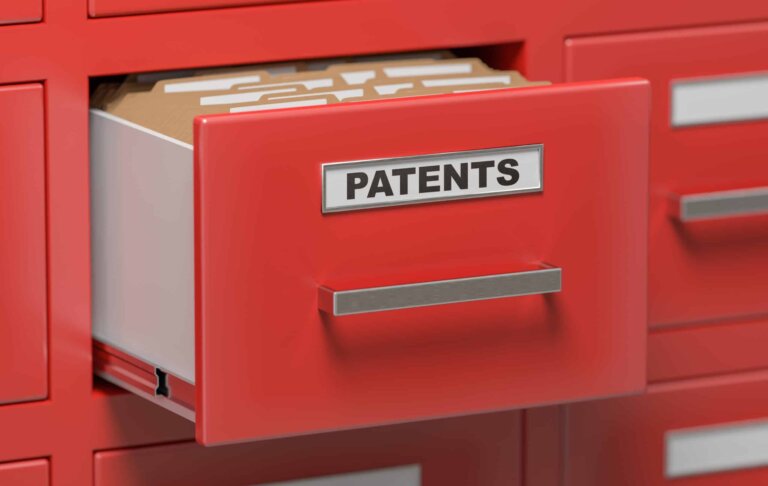
Patents: Provisional vs. Non-Provisional Applications—Which Is Right for You?
Filing for a patent on your invention can be as confusing as it is exciting. There are several different options to choose from, all with unique requirements, advantages, and disadvantages. When it comes to intellectual property law, most inventors new to the patent process want to ensure they obtain the best protection possible.
For...
Patents: Provisional vs. Non-Provisional Applications—Which Is Right for You? Continue reading…

Intellectual Property Protection Options for Food & Beverage Recipes
There is no universal rule regarding the intellectual property protection you need for recipes. You’ve got many, many options, and the one you choose will depend on your goals and needs. Generally, we recommend working with an IP expert who can give you a detailed legal opinion on how to best protect the food...
Intellectual Property Protection Options for Food & Beverage Recipes Continue reading…

How to Apply for Patents for Software-Related Inventions
The application process for software-related patents doesn’t differ enormously from other patent applications. However, the criteria your invention must meet to be eligible for a patent are much different. Over the years, court decisions have only increased the ambiguity surrounding patents for operating systems, applications, and other...
How to Apply for Patents for Software-Related Inventions Continue reading…

FAQ: How Do Patents Work Internationally?
People seek patents to protect their intellectual property from theft or unauthorized use. They preserve market shares by ensuring no one else in the US can use your idea or invention. But how do patents work internationally? Growth is a near-universal business goal, making internationally scalable patent protection a hot topic. Below,...
FAQ: How Do Patents Work Internationally? Continue reading…
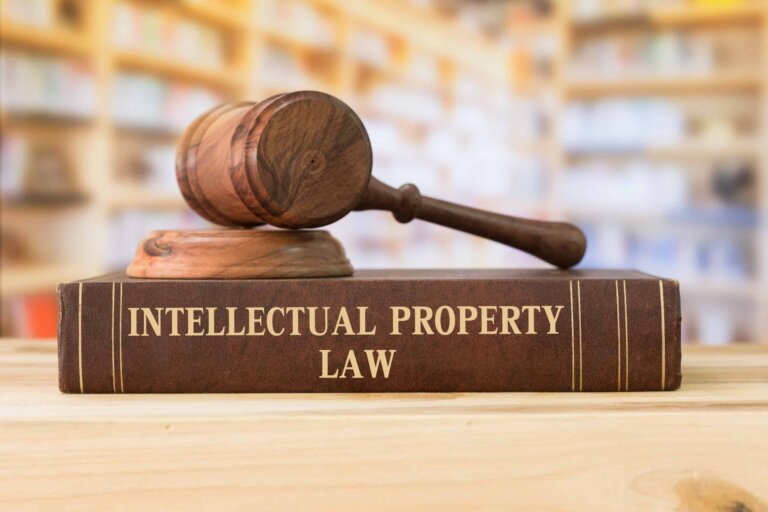
A Beginner’s Guide to Suggestive Trademark Application (with Examples!)
A suggestive trademark can be highly advantageous and should be the first choice for most businesses. They offer companies two major benefits: a high level of legal protection and inherent marketing value. At times, suggestive trademark examples can be tricky to recognize. This confusion typically arises due to the similarities between descriptive...
A Beginner’s Guide to Suggestive Trademark Application (with Examples!) Continue reading…

A Beginner’s Guide to Arbitrary Trademark Application (with Examples!)
When it comes to trademark strength, the arbitrary trademark is a powerful option to consider. It is defined by its familiarity yet considered to be inherently distinctive. Despite this paradox, it’s pretty simple in definition. It helps that arbitrary trademark examples are abundant. This guide will walk you through the strengths, weaknesses, and applications...
A Beginner’s Guide to Arbitrary Trademark Application (with Examples!) Continue reading…
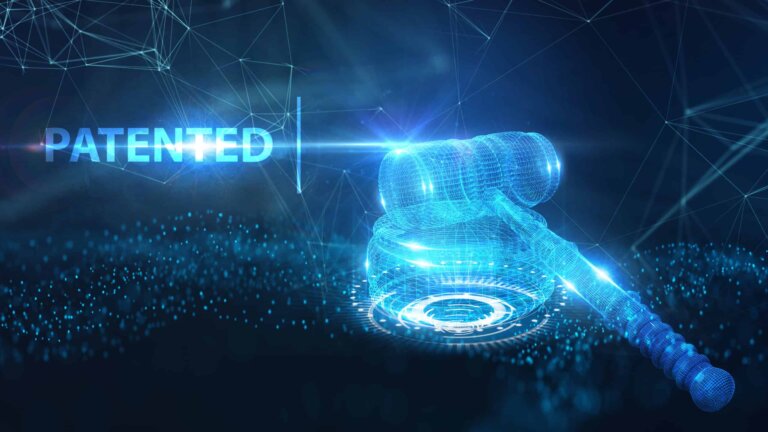
Understanding the “Internet Patent”: Patents for Business Methods
In 1799, a fledgling US government granted its first business method patent to Jacob Perkins, a man who had invented a way to detect counterfeit currency. Today, the USPTO is nearly unrecognizable, but the office still issues hundreds of business method patents each year.
Today’s patents, however, look a little different....
Understanding the “Internet Patent”: Patents for Business Methods Continue reading…

A Beginner’s Guide to Fanciful Trademark Application (with Examples!)
A fanciful trademark is one of the commonly accepted types of trademarks. Other categories of trademarks include arbitrary, suggestive, descriptive, and generic. It’s important to note that descriptive and generic trademarks are generally not eligible for trademark registration. Fanciful trademarks are made-up words that have zero relationship between the name and the...
A Beginner’s Guide to Fanciful Trademark Application (with Examples!) Continue reading…

FAQ: Can I Change My Trademark Once It’s Registered?
Whether you can change your trademark is going to depend on how big a change you're considering. It's an issue that the trademark office deals with frequently, as companies update their brand’s image. Determining if an amendment can be filed, or a new application submitted, depends on whether your change is classified as material.
An...
FAQ: Can I Change My Trademark Once It’s Registered? Continue reading…
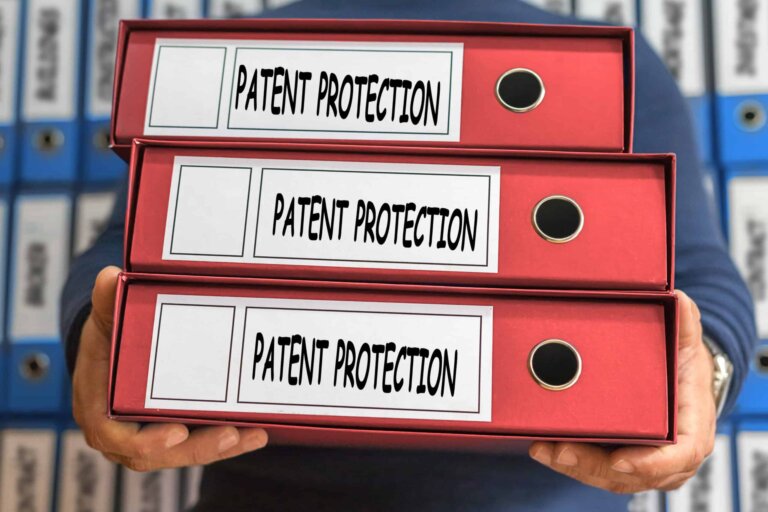
FAQ: Does My Invention Qualify for US Patent Protection?
https://boldip.com/wp-content/uploads/2021/11/shutterstock_716860588-1-1024x683.jpg
"Does my invention qualify for US patent protection?" is a question we answer often. Unfortunately, it's never as easy as a straightforward yes or no. We have to delve into four specific criteria that apply to every application, regardless of type. These four criteria include novelty, utility, non-obviousness, and subject matter eligibility coverage.
All of...
FAQ: Does My Invention Qualify for US Patent Protection? Continue reading…

FAQ: How Do US Trademarks Work Internationally?
Unfortunately, basic trademarks don't automatically work internationally. When you receive an approved trademark from the United States Patent and Trademark Office, you're only covered in the US and its territories. To ensure your trademark works internationally, you'll need to do some extra legwork. However, agreements between countries exist that allow US trademarks...
FAQ: How Do US Trademarks Work Internationally? Continue reading…

US Trademark Process: Step by Step Walkthrough for Small Businesses
There are a lot of steps in the trademark process, the most exciting being filling out the application. But to increase your chances of having your trademark application approved, there is legwork that needs to be done before you complete the application.
In this article, we'll break down the process, step by step.
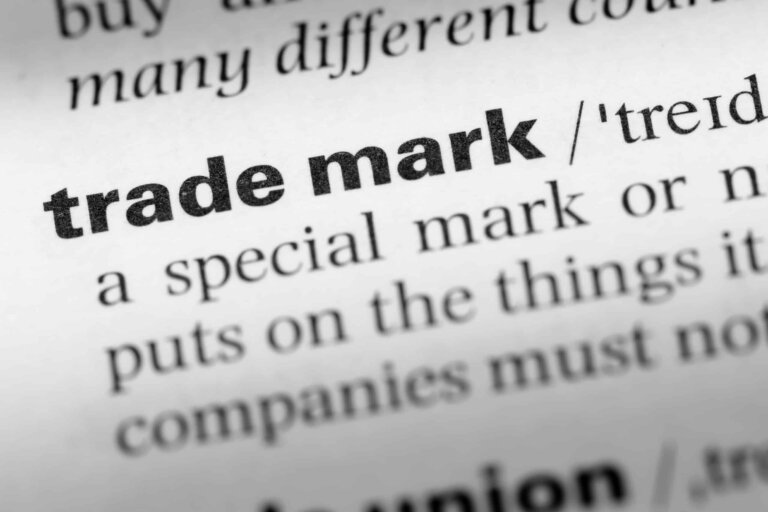
Can I Trademark a Word or Phrase?
The answer to "can I trademark a word or phrase" is always going to be "it depends."
We wind up saying that a lot in the legal industry, but for a good reason! There are a ton of considerations in even the smallest question, and determining whether a word or phrase...
Can I Trademark a Word or Phrase? Continue reading…
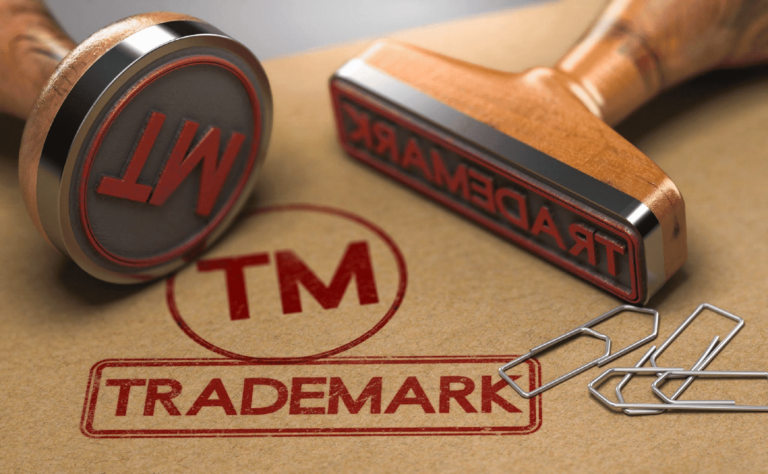
US Trademark Requirements Part 2: Use in Commerce
A trademark's “use in commerce” is shorthand for saying a service or product is being offered across state lines. In other words, if you sell (or even offer for sale) your product or service, you might be able to say it’s used in commerce and qualifies for a trademark. If you have a website...
US Trademark Requirements Part 2: Use in Commerce Continue reading…
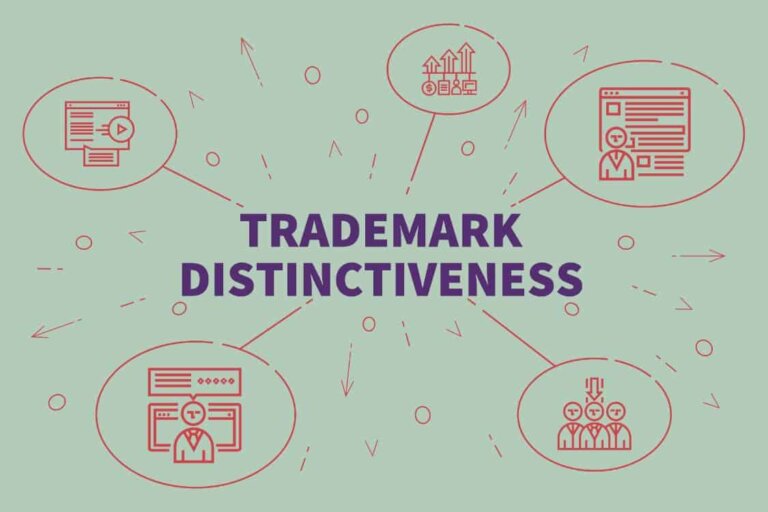
US Trademark Requirements Part 1: Distinctiveness
Trademarks in the US have two primary criteria for approval: they must be distinctive and used in commerce.
While these two sound straightforward, like any subject in the law, there are many nuances to consider. The requirement of trademark distinctiveness alone has caused a fair bit of confusion over the years....
US Trademark Requirements Part 1: Distinctiveness Continue reading…

Go Big, Go Bold℠ 9-Step Patent Process
Coming up with inventions to solve the world’s problems is hard enough. At Bold Patents, we want to make the process of getting a patent as easy as possible for our hard-working inventors.
It’s true, the legal profession gets a bad rap for making things overly complicated, nuanced, and dense...and while legal issues can be...
Go Big, Go Bold℠ 9-Step Patent Process Continue reading…

FAQ: What’s the Difference Between Copyrights and Patents?
There are surprisingly a lot of differences between these two types of intellectual property (IP) rights. In the simplest language, copyrights protect artistic works, while patents protect inventions.
There are four main areas of IP Law, and patents and copyrights are just two of them. You will see below, Ii’ve listed each area of IP...
FAQ: What’s the Difference Between Copyrights and Patents? Continue reading…
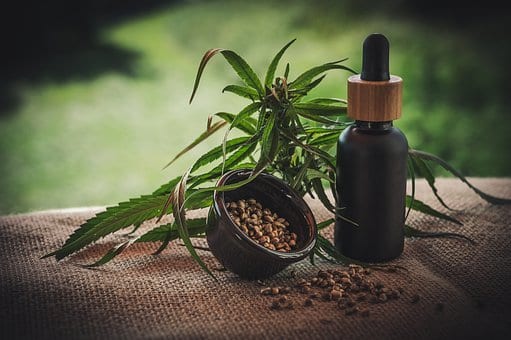
How Small Cannabis Businesses Can Survive The Hurdles Of IP Protection
by: Spencer Keller*
ABSTRACT The current state of cannabis and intellectual property laws and regulations leaves small and emerging cannabis businesses at a distinct disadvantage com pared to those in other industries. Those wishing to pursue cannabis inven tions and patents face an uphill battle as cannabis research and development is nearly...